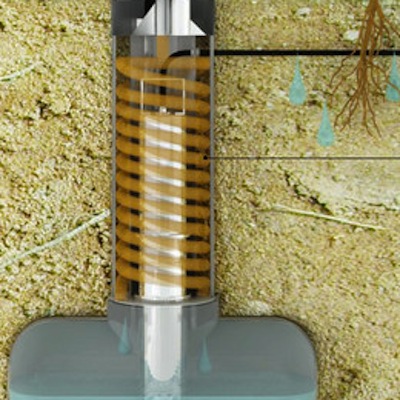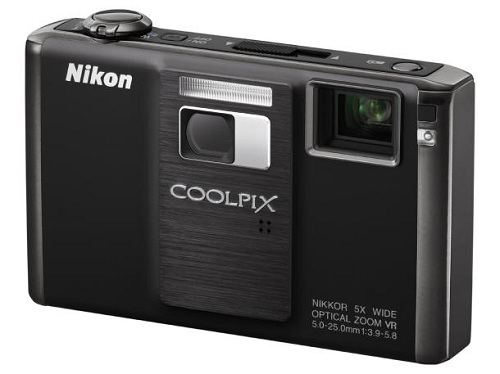
The Earth’s atmosphere has water in it – this is why we measure weather with a percentage of humidity. But in some places on the Earth that you will find humid air, you won’t find water otherwise available. So what if you could extract the water directly from the air and use it to grow crops and sustain human life?
Well, that is exactly what the AirDrop does. Invented by Edward Linacre of Melbourne, Australia, the idea is such a good one that it was awarded the 2011 James Dyson Award. The requirement for the award is direct enough – Design something that solves a problem. And the AirDrop does exactly this.
The device functions by a top turbine that pulls air down into coils buried below the ground, The temperature difference causes condensation, and the drops of water are collected in a central reservoir. From there the water can be distributed as needed to thirsty crops. For example, water can be fed to plants at the root level through low pressure drip irrigation, avoiding the heat and evaporation of the surface.
While there are other atmospheric water harvesting devices on the market, the simplicity of the AirDrop buy comparison makes it easy to manufacture and distribute. The units even have LCD readouts that indicate the current water level, making it convenient to set up and monitor.
The top turbine can be ran by wind power alone if there is enough of it blowing. If the wind is to going to cooperate, solar power can be used to make everything work. The use of wind and solar energy makes it a sustainable solution in places that might not have access to power. With luck, Linacre’s AirDrop may help not only his native Australians, but it might be an important tool in fighting starvation all over the world, especially in areas of encroaching deserts.


 Have you heard the promise of 3D going main stream all too many times, only to have it evaporate? Well, that could change if some industry mainstays have their way. At the 2009 CES Panasonic revealed plans to push for technical standards that could firmly place practical 3D in home theater setups as soon as a couple years.
Have you heard the promise of 3D going main stream all too many times, only to have it evaporate? Well, that could change if some industry mainstays have their way. At the 2009 CES Panasonic revealed plans to push for technical standards that could firmly place practical 3D in home theater setups as soon as a couple years.